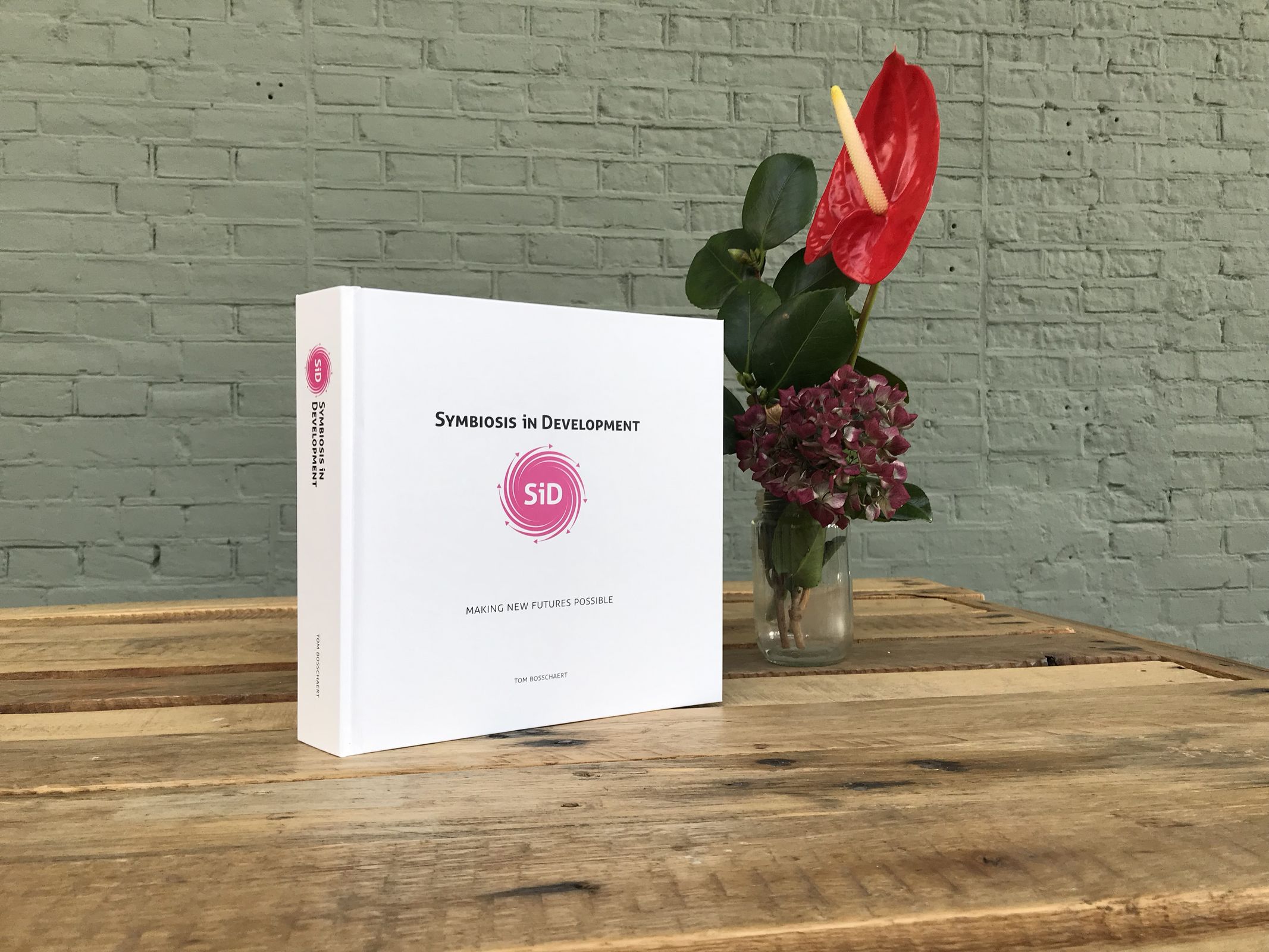Symbiosis in Development (SiD) is a comprehensive systemic sustainability framework, specialized in solving complex challenges. Developed by Except since 1999 with input from dozens of experts, SiD is a proven and agile methodology that helps organizations create sustainability strategies, roadmap their transformation, and design regenerative, systemic solutions. It’s also a powerful tool for aligning teams and processes to drive real impact.
SiD stands out by blending design thinking, complex systems analysis, and transformational processes into one cohesive, hands-on method. Rather than treating sustainability as an abstract goal, SiD turns it into a practical, step-by-step journey—from theory to execution. Its collaborative and structured approach makes it easy for teams to work together and implement change effectively.
By leveraging systems thinking, network theory, and life cycle analysis, SiD helps businesses, governments, and innovators develop sustainable solutions that don’t just fix problems—but transform entire systems. Whether you're tackling urban development, industrial transitions, or business strategy, SiD provides the tools to rethink, redesign, and rebuild a better future. And, it is fully open-source and freely available.
Read below on how SiD can work for you to build a sustainable world—together.
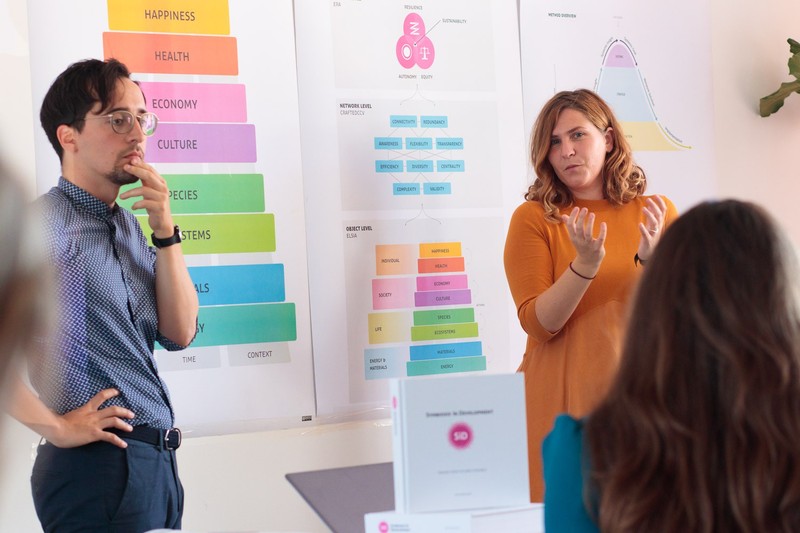
Summary of SiD
Symbiosis in Development (SiD) is an innovative framework to build systemic sustainability strategies, roadmaps and solutions. It is holistic in nature (whole-systems approach) while marrying it to practical methods and processes for systemic design and systems thinking. The framework is intended to facilitate understanding and decision-making within the realm of complexity that comes with sustainability problems, while being easy to implement, manageable and deliver on time.
Key points of the framework include:
- Systemic Approach: The SiD framework approaches issues from a systems perspective, taking into account the interconnections and interactions between various elements within a system. This approach is designed to allow for a more thorough understanding of complex issues.
- Holistic Perspective: The framework emphasizes the importance of looking at problems holistically, considering social, environmental, and economic aspects simultaneously. This perspective is rooted in the belief that only by addressing all facets of a problem can a truly sustainable solution be achieved.
- Design for Sustainability: SiD provides a toolkit for those wishing to design for sustainability. The book includes various techniques and tools to facilitate this, including methods for visualizing complex systems, techniques for problem analysis, and methods for developing sustainable solutions.
- Symbiosis and Interactions: The concept of 'symbiosis' is central to the SiD approach. This refers to mutually beneficial relationships between different parts of a system. The framework helps explore how these relationships can be leveraged for sustainability.
- Actionable and agile: SiD isn't just theory. It was born from practice and is aimed at practical implementation with agile processes and smart development methods. In the SiD documentation you can find dozens of case studies, examples, and actionable strategies to integrate sustainability in various fields - from urban planning to product design.
In conclusion, "Symbiosis in Development" presents a systematic and integrative approach to sustainable development. The SiD framework offers a new lens through which to view sustainability, focusing on the interconnections between social, environmental, and economic systems, and providing practical tools and techniques for creating sustainable solutions. There are hooks and processes to integrate any of the existing ESG frameworks an reporting standards, such as GRI, ISSB, UNRISD's SDPIs or using the UN SDGs, while providing an overarching umbrella for the development of a complete strategy.
The framework has been documented in various media and formats, including video training. The framework itself is available for free and open source under Creative Commons licensing. The most complete documentation is the SiD omnibus book, the digital version available for free on the www.thinksid.org website. Here you can also find educationam materials, and the Quickguide for an easy start.

Why is a framework like SiD important?
Sustainability is complex, because our wold is complex. In order for us to move towards regenerative and climate-adaptive realities, we need the best of our intelligence, with the best of processes, and the best execution, to succeed. Initiated at the threshold of our new century, SiD has sought to collect, combine, and structure the best constellations of sustainable development practice. Finance, design, engineering, policy, science, management, communication all matter in achieving change. SiD combined 25 years of experience from a wide range of experts in the field to connect, evolve, and enable change. To have more impact. To be regenerative. To be faster. Because the more we can do now, the more we will benefit.
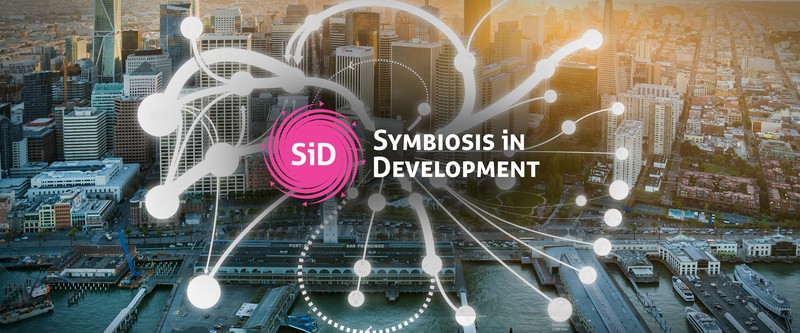
Why is systems thinking important for sustainable development?
Systems thinking is a way of understanding and analyzing the interconnectedness and interdependence of various elements within a system. This approach recognizes that small changes in one part of a system can have significant impacts on the overall system, and therefore helps to identify potential unintended consequences of actions.
In the context of sustainable development goals, systems thinking is crucial for understanding the complex relationships between different elements of sustainability, such as economic growth, social equity, and environmental protection. By taking a systems approach, it is possible to identify trade-offs and synergies between different goals, and to develop strategies that are more holistic and integrated.
For example, systems thinking can help to identify the potential negative impacts of rapid economic growth on the environment, such as increased greenhouse gas emissions and water pollution. It can also help to identify the potential benefits of investing in renewable energy and sustainable agriculture, such as increased employment opportunities and improved food security.
Overall, systems thinking is an essential tool for achieving sustainable development goals, as it allows for a more comprehensive and integrated approach to decision-making and problem-solving. It can help to identify potential challenges and opportunities, and to develop strategies that are more effective and resilient in the face of complex and dynamic challenges. SiD enables this approach in a clear and comprehensive process.
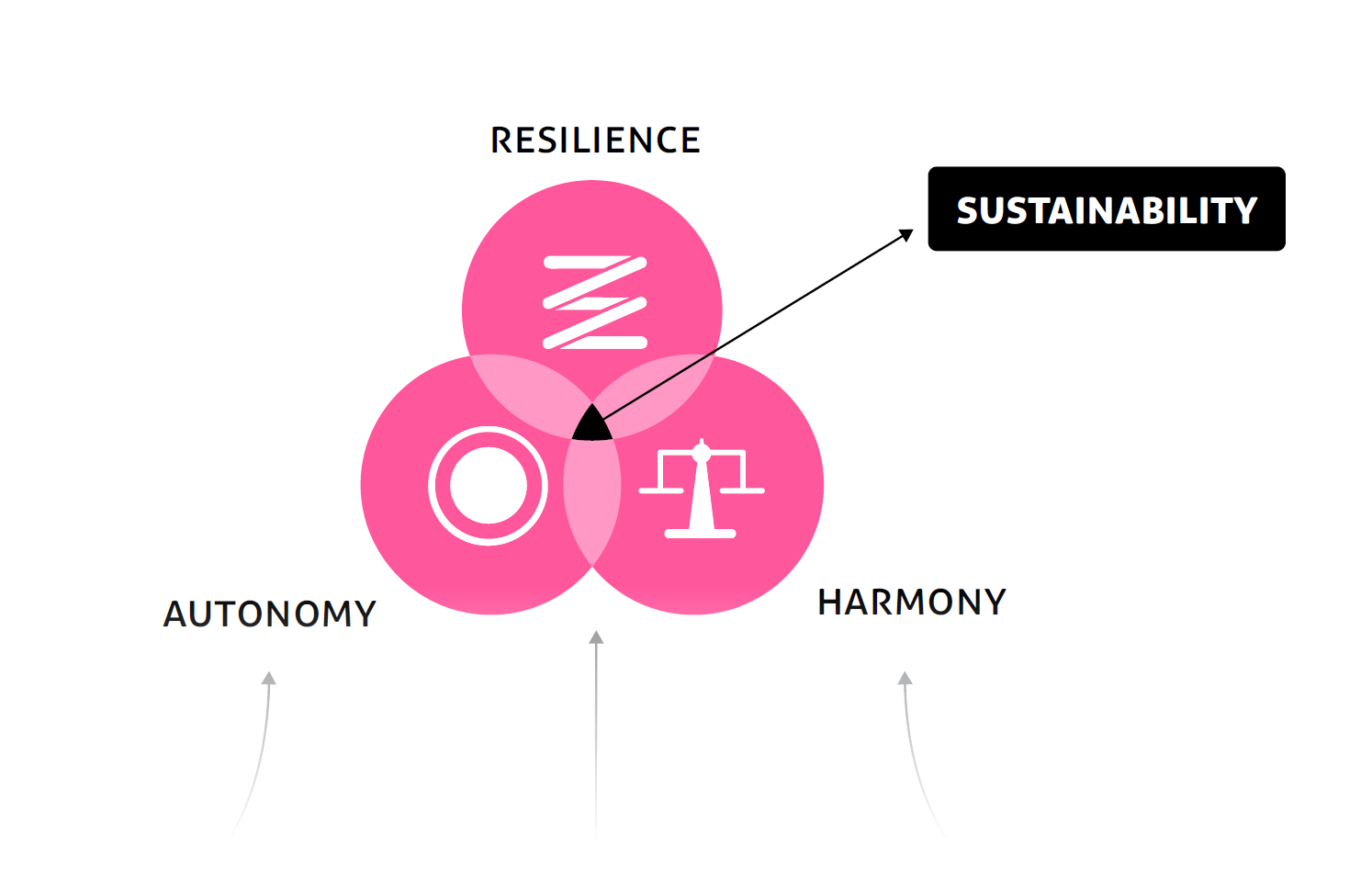
Symbiosis in Development Application Areas
SiD's framework has been applied to a multitude of different purposes including:
- Business Strategy
- Urban development
- Industry & Supply Chain Optimization
- Regenerative Agriculture
- Co-creation in policy-making
- Knowledge management
- Information Management
SiD began in 2001 when sustainability pioneer Tom Bosschaert started working on developing sustainable innovation, and found a lack of alignment between the sciences and established frameworks. Left with nowhere to turn, he began to develop, design, and continued to hone SiD into it's current form, which has grown to be a complete framework for sustainable development, including theory, methods, practical processes, application and cocreation methods.
Over the years of expansion and refinement, it has been utilized in over 700 projects around the world, and taken on knowledge and input from hundreds of sustainability experts.
SiD: a Free and Open-source Sustainability Tool
SiD's 480-page Omnibus book has always been and will forever remain open-source under creative commons BY-SA-NC licensing. Except, along with a variety of organizations have utilized the SiD framework for workshops and training across the world.
Click here to access thinksid.org and all related SiD resources.
Click here to visit the Except Integrated Sustainability Foundation.
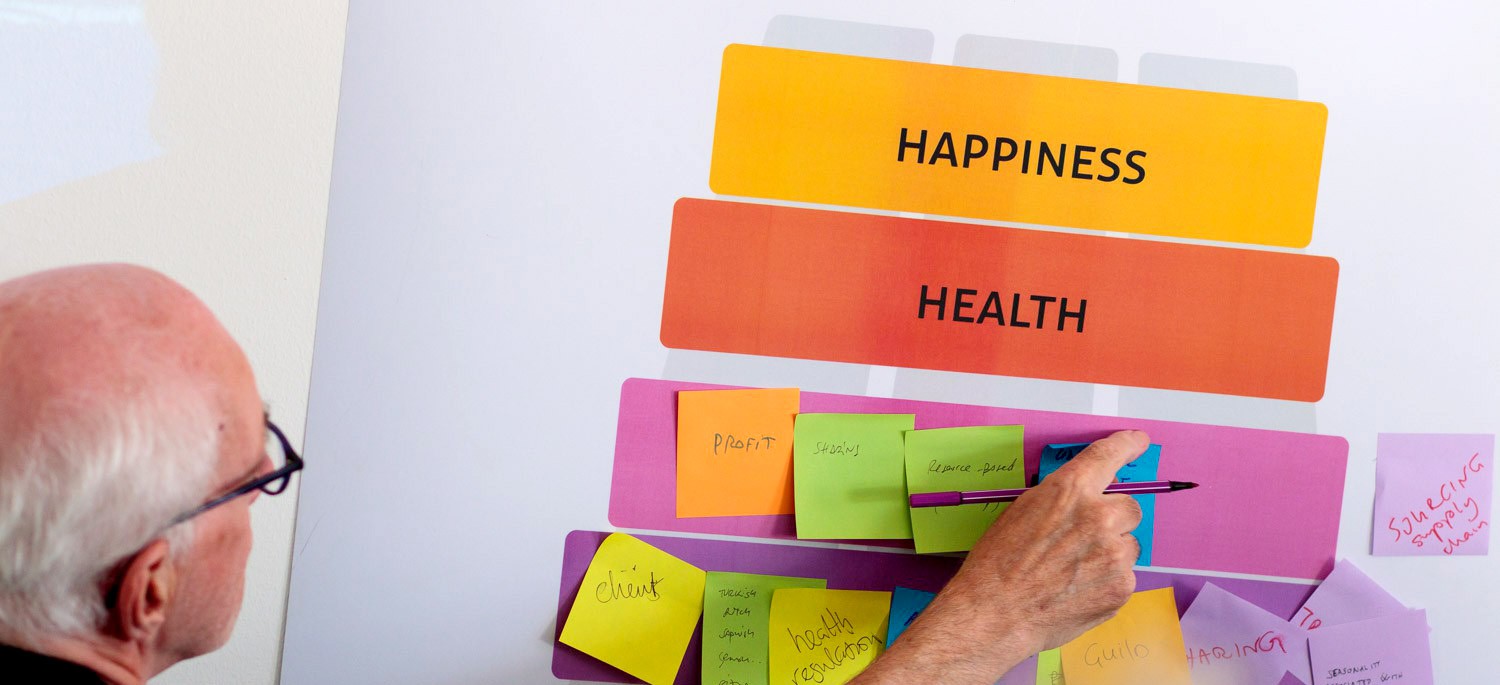
The structure of SiD
The SiD framework is structured into three core parts—theory, method, and process—which together provide a comprehensive approach to systemic sustainability.
- SiD theory establishes the foundation, integrating systems thinking, network theory, and lifecycle analysis to understand complex interactions and design truly sustainable solutions.
- SiD method translates this theory into a structured step-by-step approach, guiding users through systemic analysis, solution development, and roadmap creation.
- SiD process ensures practical implementation by outlining clear workflows, stakeholder engagement strategies, and iterative improvement cycles.
These components are reinforced by an extensive toolbox, including impact analysis tools, cocreation methods, visualization techniques, and decision-making frameworks, making SiD highly adaptable across industries.
Additionally, SiD's documentation is enriched with case studies that showcase real-world applications, demonstrating its effectiveness in tackling sustainability challenges at different scales..
SiD's Definition of Sustainability
Core part of SiD's theory is its definition of sustainability from a systems-thinking perspecitve. Sustainability is a historically ill-defined and misunderstood term that results in many issues when working towards it.
We aimed to develop a more precise, clear, and actionable definition that will not only help organizations preserve our environment but also provide new avenues for adopting sustainability's fundamental principles.
A vitally important part of the definition is the first sentence. It suggests that we look at sustainability as a property found in a system. Because of this, the main analytical components of SiD are focused on understanding, visualizing, and developing systemic relationships rather than physical objects.
Click here to learn more about SiD's definition of sustainability.
SiD’s Theory on Systems
A. System Dimensions: Time, Space, and Context
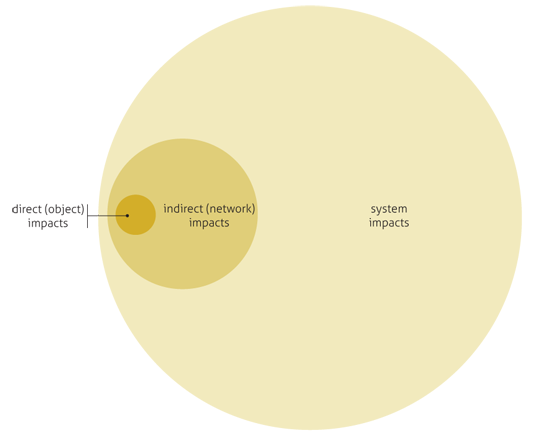
SiD recognizes the need to simultaneously investigate the context, time, and space of a system and uses several approaches to accurately understand and develop analytics and creative assessments to represent it. Each dimension is investigated on various scales:
- Long term vs. short term
- Near vs. far
- Across multiple levels of connectivity.
B. The SNO Hierachy: System, Network, Object
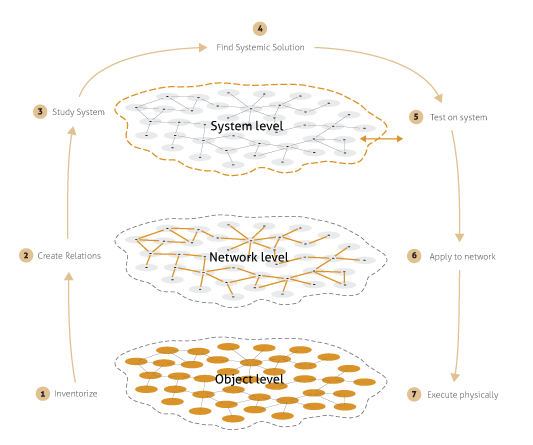
SiD recognizes three levels at which we can take actions and can have significant impacts on any system, whether that it be an activity within a community, the design of a farm, or any internal process within an organisation.
- The object level (direct)
- The network level (indirect)
- The system level.
Each level of impact has separate indicator sets that are influenced by physical elements throughout the network they belong. Once we develop parameters at a systemic level, then sustainability can be seriously evaluated and designed.
A Systemic Focus for Sustainable Solutions
SiD focuses on optimizing the power and leverage found at the systemic level. In most cases, analyzing systems through this lens ensures much more impactful analysis and more sustainable solutions when compared to focusing on the object or network.
When applied in a context where an ESG framework is used, it is on the system level where the organization's overall systemic goal is drafted, after which ESG-level goals are drafted on the object and network level. This is frst done suing SiD's ELSI model, to look both inside-out and outside-in. This is then complemented with 'context' oriented, or 'triple materiality' goals based on frameworks such as the Planetary Boundaries from the Resilience Institute, and UNRISD's Sustainable Development Performance Indicators.
C. Full-spectrum Analysis of Opportunity and Risk
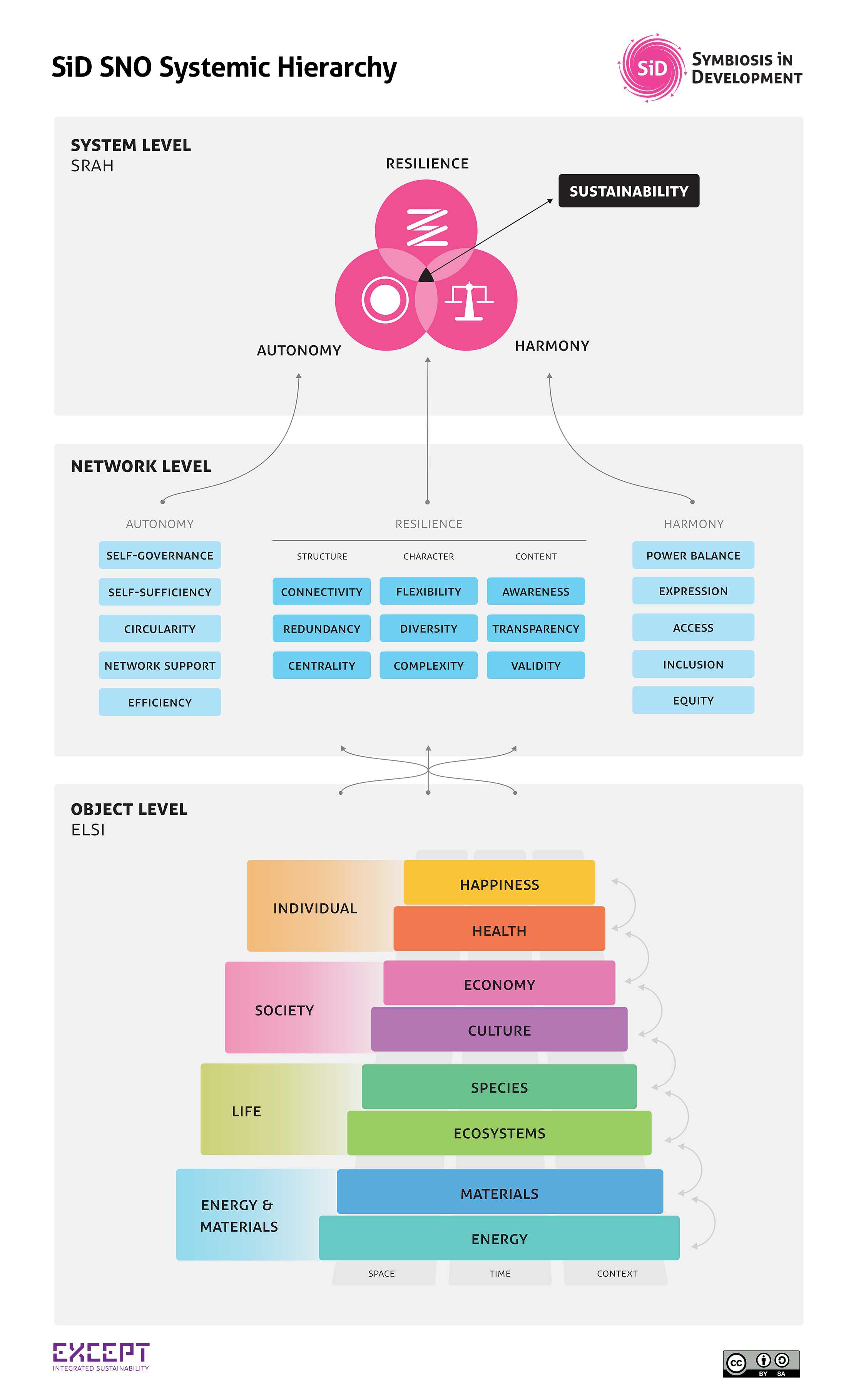
SiD's framework includes full-spectrum analysis tools that consider a system's externalities - effects that are not usually considered when evaluating a system.
Externalities can be positive, negative, or neutral. When not addressed, these can cause insidious and far-reaching problems that can result in many well-intentioned plans producing disastrous and unforeseen side-effects.
However, these 'hidden' external factors also offer opportunities and alternative solutions, which is why it's essential to recognize them. SiD's methods help you recognize and use these externalities both to prevent risk and to find and map opportunity.
SiD ELSI: Energy & materials, Life, Society and the Individual
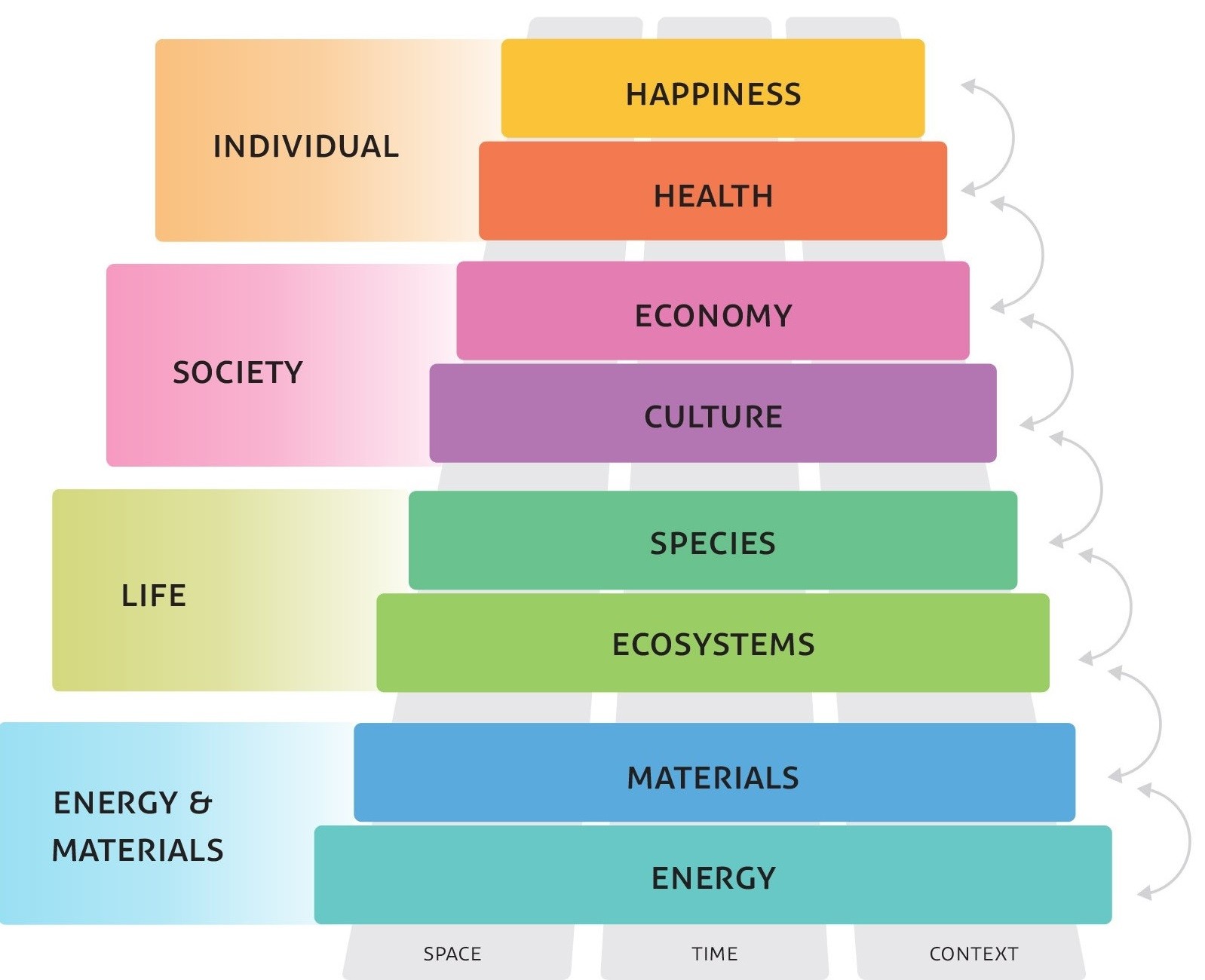
Understanding all facets of a system includes becoming familiar with the physical objects and relationships between them (the network).
The object-level indicator hierarchy is mapped with the SiD ELSI tool. It is one of, if not the most used tools in the framework and is used in many ways in the method and process.
ELSI replaces the Triple Bottom Line "people, planet, and profit," one of the original concepts used for assessing systems and sustainability.
Object indicators help describe the relationship between objects and how they affect the system as a whole. There are countless object indicators and depend on the specific industry, structure, community, or process you are assessing. For example, some common indicators in a construction project could be energy efficiency, cultural value, carbon footprint, recyclability, cost, and ease of use. ELSI helps to scan for, categorize, and ensure completeness in scanning for and exploring both object level impact areas, as well as relationships between them. It's also often used as a way to help organize complexity and used as a communication tool.
SiD ELSI is purposely broad and adaptable to address the multifaceted nature and complexity in system dynamics and covers any physical object found in our universe. Its versatility ensures it remains practical and relatively straightforward to create indicator sets, impact mapping, and full-spectrum analysis.
Click here to read more into the workings and specific uses of ELSI.
SiD's Core Components
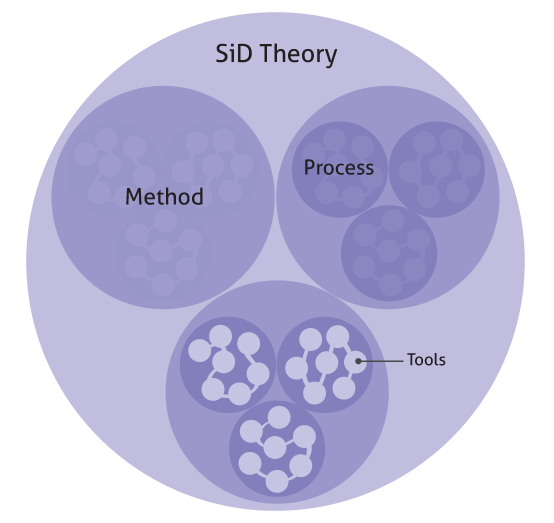
SiD's core components to help users better understand sustainability, how to effectively approach a holistic assessment and redesign of a system, and several essential tools to help guide the process.
The SiD Theory
The SiD theory lays down the reasoning and approaches to its environmental, social, and ethical foundations. Just as the above theoretical part, it defines sustainability, what a system is, and how to recognize complexity. It helps explain why we must approach problems from a systemic level and the importance of achieving more sustainable cycles. It further expands into environmental philosophies, network theory, and other necessary components for addressing complexity.
The SiD Method
The SiD methodology consists of a detailed step-by-step approach to system-level goalsetting, analysis of systems, optimization, and system-level synthesis and evaluation.
The SiD Process
The SiD Process details how the method unfolds over time and how different disciplines, stakeholders, and third parties cooperate to find shared and systemic solutions to a problem. The SiD process simultaneously combines bottom-up and top-down approaches and fosters a collaborative and iterative workspace.
The SiD Tools
The SiD tools are a collection of new and existing strategies applied within the process. They help perform valuable functions, such as a life cycle assessment (LCA), network analysis, and a range of other strategic, process-based, and software tools. A large part of any SiD process will utilize a range of crucial and system-focused tools to help better collate data and assess results.
The SiD Method

The SiD method brings people together from different disciplines by providing a platform and process for effective and often unrealized but vitally important collaboration. SiD's practice consists of action phases and cycles to help fully understand a system and realize an entire innovation cycle. These methods can be started at any point and are usually processed several times during any particular project.
The process is usually executed through using innovation labs, or as we like to call them, SiD sessions. These sessions take place across five consecutive days and involve several experts across different roles and expertise. This dedicated time and space helps them to better envision, analyze, map, understand, invent, and evaluate complexity reasonably quickly.
This vital process of the SiD approach gives unique insights into a problem and provides positive outcomes that otherwise wouldn't have been realized.
SiD's Phasing Tools and Action Cycles

SiD processes consist of a string of tools that form a comprehensive project plan. Each process is unique for each project, and individual strategies are strung together and arranged to follow one or more method cycles.
Each SiD process contains four phases:
- Initiation phase: builds the team and the process planning.
- Intelligence phase: consists of trend analysis, precedent research, stakeholder analysis, data analysis, and a summarizing systems analysis quick scan.
- Innovation phase: includes the cycling of the SiD method during co-creation sessions, to form a stakeholder co-created set of impact categories, goals, roadmap and concrete action-programs.
- Development phase: collating results, refinement, feasibility study, management alignment, reporting, and developing a follow up action plan.
Other aspects of the process, such as stakeholder involvement, peer reviews, prototyping, and testing, are considered modular and can be used when needed.
More of SiD's Unique Qualities
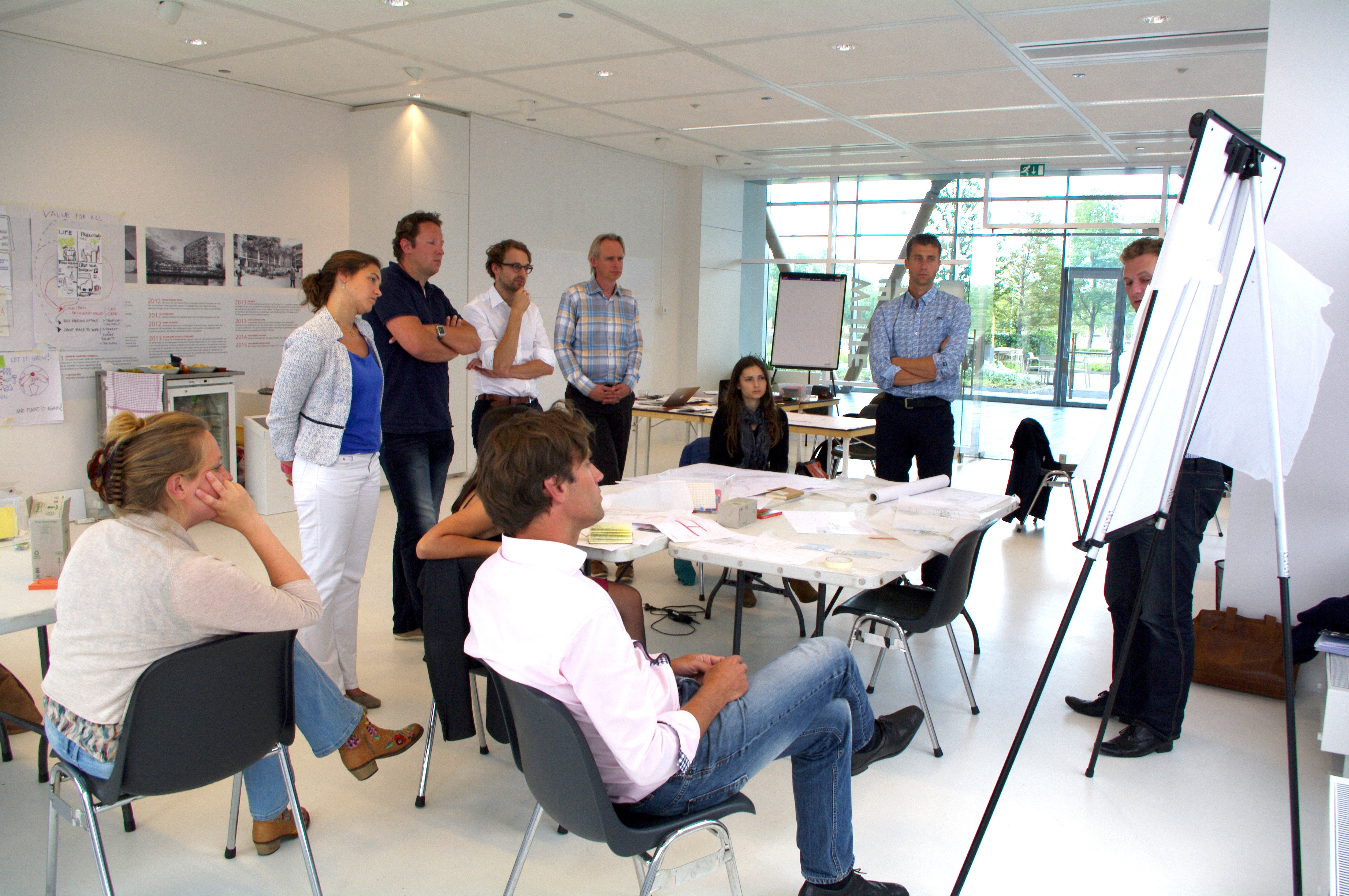
SiD has resulted in many new and innovative solutions that have proven superior to other outcomes developed with more traditional systems and sustainably-driven thinking. SiD is so impactful because it provides a process that allows users to see past any preconceptions or biases and objectively look at the real world.
People-focused and Community-driven
By placing systems analysis before co-creation sessions, we look with fresh eyes at the world before us, meaning we better see long-term opportunities and risks and their relationships to each other.
For example, in the redevelopment of the social housing neighborhood in Schiebroek-Zuid, the Except team applied SiD in a co-creation process with over 100 different stakeholders, residents, and project partners.
It resulted in a comprehensive outline for the redevelopment of local energy production, water supply and to support the emergence of a waste-neutral neighborhood. Stakeholders effectively took ownership of the project, helping it withstand the many varied challenges that often get in the way of developments.
Nature as a Sustainable Resource

Nature has inherent value beyond its materiality and delivers services that can be self-maintaining, renewable, and effectively free. The processes in SiD force us to consider natural systems as potential engines of positive and efficient redevelopment.
Using SiD ELSI we can evaluate biodiversity, ecosystems, and their capacity for adding value to a process. A prime example is Except's Merredin Spirulina project.
Thanks to SiD, we were able to identify the spirulina algae as a naturally derived product that could help solve a range of environmental, economic, and social challenges in a remote Australian town.
Closed Loop Metabolisms
SiD aims to eliminate waste by closing resource loops and creating circular economic and social systems. Circular economies are desired by many governments worldwide and play a pivotal role in ideals like the Blue Economy, which is a framework for sustainable marine activities and technologies.
SiD's systemic approach allows users to accurately map systems and perform analysis leading to a realization of a range of zero-energy, circular-waste, water-neutral, and toxin-free solutions.
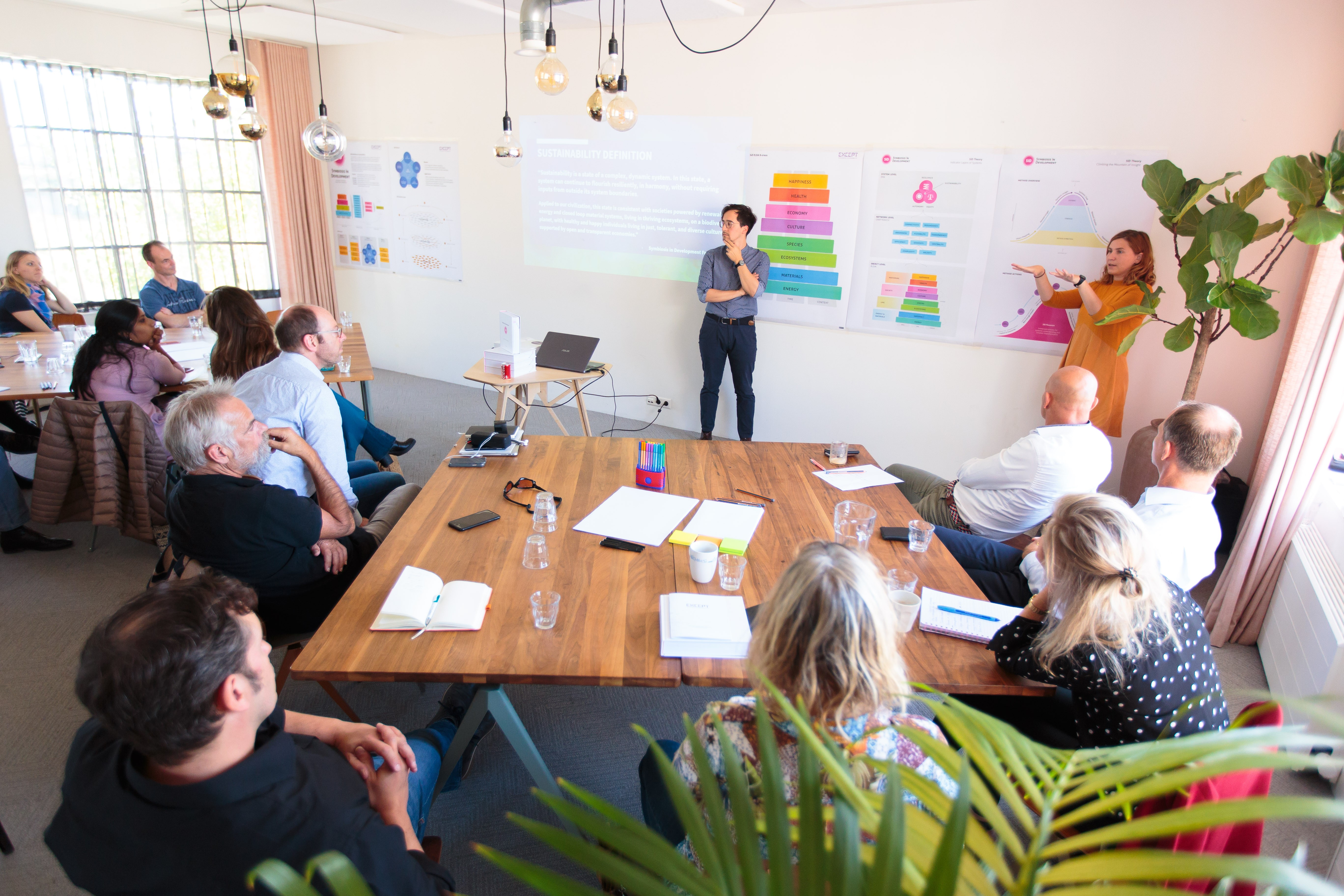
Encouraging Innovation
Because SiD evaluates challenges in their real-world context, it is excellent at finding unique solutions to every situation. Given the same challenge in a different place, SiD will develop alternatives for the most suitable way forward and automatically lead to context-specific and optimized innovations.
For example, with the Salesforce Park Transit Center project in downtown San Francisco, the best solution for redeveloping the original transport hub turned out to be a significant public rooftop park, capable of recycling rainwater, building biodiversity, and boosting real estate values in the neighborhood.
Want to Know More?
We hope this overview has given some insight into the general structure of SiD and its working processes. A more extensive explanation of SiD and all its components can be found by clicking the links below to:
The SiD Definition of Sustainability
The SiD ELSI Categorization System
Sustainability Strategy versus ESG strategy
The Cog in the Machine (systems vs object thinking)
We regularly organize SiD workshops for companies and happy to discuss developing a workshop for your organization or community
7 november 2019
